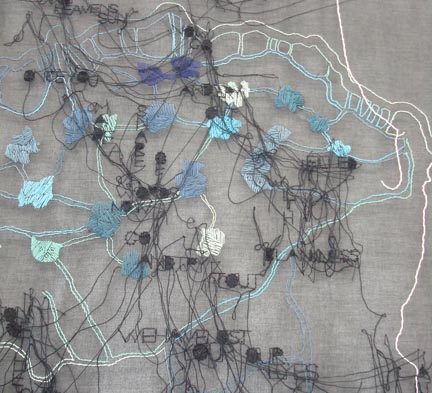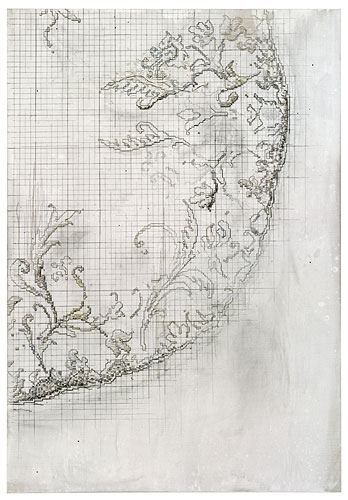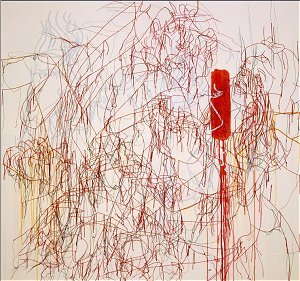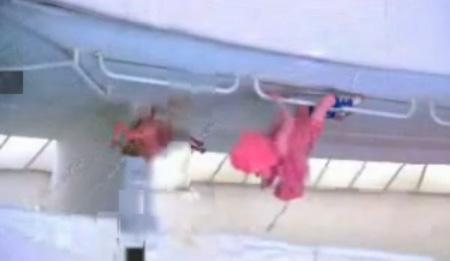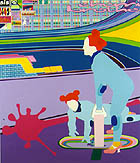as in "tracker music," very low res files played on home computer via text commands
(outgoing email) Thanks--I just saved a bass note [in Modplug tracker--woo]. I cracked up when Cubase asked me if I wanted to convert it from 8.303 Khz to 44.1 and from 8 bit to 24. Now I understand how so much info is packed into the mod files.
(another email) One of my favorite tunes on [mazemod.org] is "Groovedoos" by the Fox II. I found the .mod [for it] and opened it. In the comments it says it was made in [Dec] 1996 and the samples are "from the Roland mc-303 and my old breakbeat records--the 'aohaa' sample is from Chyrilian"
(twitter) just realized CiM has a myspace page with a tracker self-remaster of "Hitachi," CiM-ized version of "Popcorn" (!), Reference outtake & excellent, doom-y track titled "course."
(email) [UK producer CiM is] sort of Miami/Phoenicia nervous electro beats with really sweet pads. [Incredibly consistent, recognizable sound from one song to the next. CiM is the bomb.]

